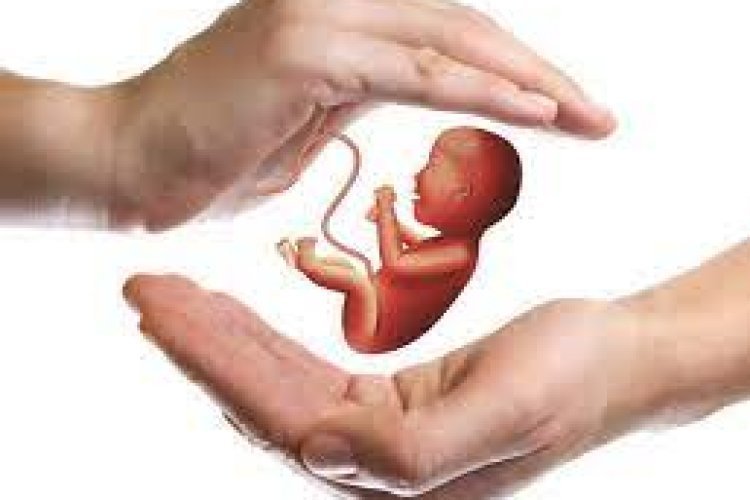Human synthetic embryo created from stem cells without egg and sperm
Human reproduction is now at a new juncture. Scientists have created the first synthetic human embryo from stem cells. Human eggs and sperm were not used in this process of embryo creation.

Human reproduction is now at a new juncture. Scientists have created the first synthetic human embryo from stem cells. Human eggs and sperm were not used in this process of embryo creation. The medical world is calling the creation of this synthetic embryo a breakthrough through In Vitro Fertilization (IVF). Prior to this, scientists had succeeded in making synthetic embryos of rats.
The remarkable research was the subject of discussion at the annual meeting of the International Society for Stem Cell Research in Boston on Wednesday. However, the full details of the latest research from the Cambridge-Caltech lab have not yet been published in any journal paper.
Talking to the media, Professor Magdalena Zernica-Goetz of Cambridge University and California Institute of Technology said that we can make embryo-like models by reprogramming embryonic stem cells. It's beautiful and made entirely from embryonic stem cells.
The current model of the embryo is the first three-stage human embryo model, developed from the precursor cells of the egg and sperm, the amnion, and germ cells. There is no beating heart or initial state of the brain in this model. From this, only the placenta, yolk sac, and embryo have developed. In the current model, it is unlikely that synthetic embryos will be used clinically. It is illegal to grow human embryos in a lab beyond 14 days.
In the current model, there is absolutely no possibility that this synthetic embryo will be used clinically. It would be totally illegal to put it in a woman's uterus. Also, it is not yet clear whether these embryonic structures have the potential to mature beyond the early stages of development.
Scientists claim that these artificially created embryos can provide important information on the biological causes of recurrent miscarriages. The early 16 to 17-day period in human embryonic development is called the black box, about which scientists do not know much. They will be able to get more information about this from this synthetic embryo. According to the Lancet magazine, 23 million abortions take place every year worldwide.
To deal with the problem of the falling birth rate, China has taken another big step. Beijing announced on Thursday that it would cover 16 types of assisted reproductive technologies in the city's health care system from July 1. Subsequently, some treatments like in-vitro fertilization, embryo transfer, sperm freeze, and collection will now be covered under basic insurance. Prior to this, China had recently announced that single women would also be legally able to take IVF treatment.
This is like a kind of culture embryo. With this, the placenta, etc. of the early days can be seen closely, about which there is not much information till now. This will help prevent miscarriage or fetal malformations. welcome, find.
Dr. Seema Sharma, HOD (Gynec), JNU Hospital










